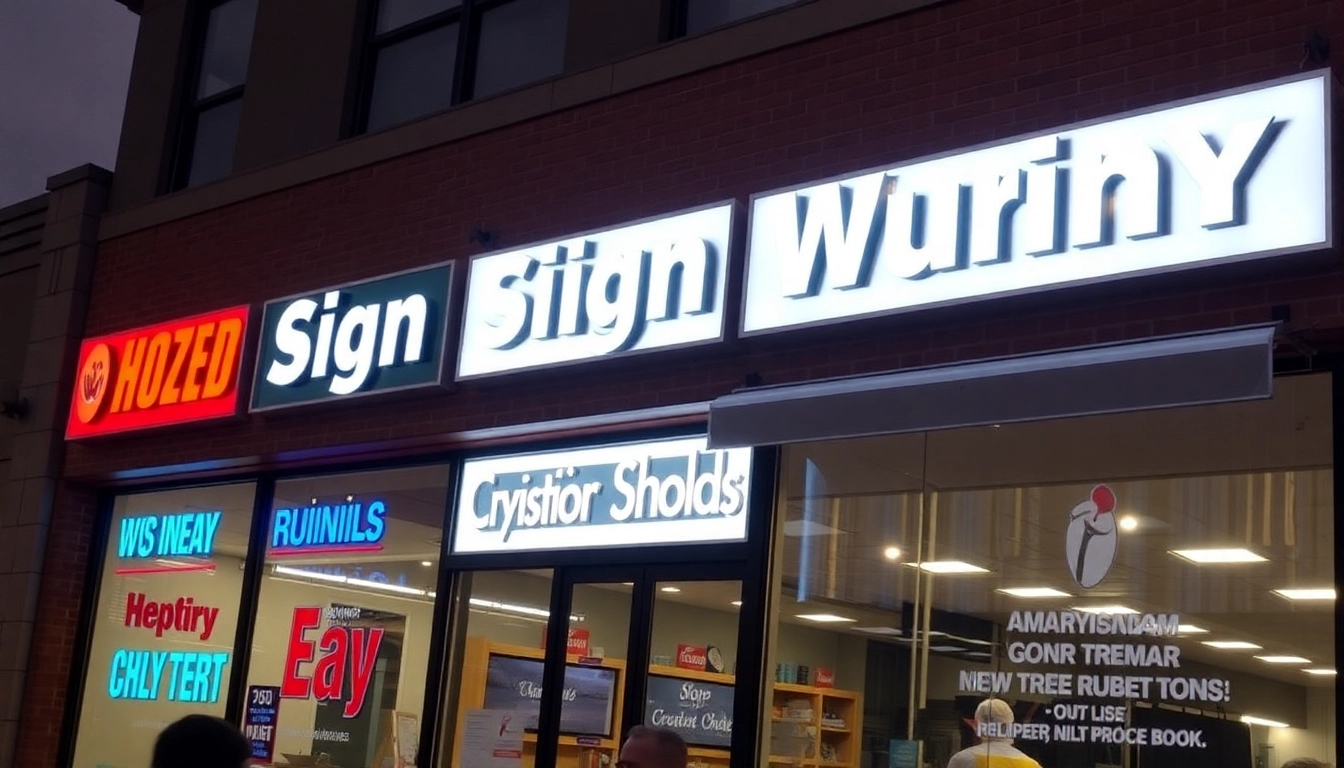Maximizing Real Estate Success with Effective Sold Signs
In the highly competitive world of real estate, every detail counts when it comes to attracting buyers, establishing credibility, and closing deals efficiently. Among these details, the sold sign stands out as a powerful marketing tool that communicates success and generates ongoing interest. A well-designed sold sign not only marks a property as off the market but also reinforces a real estate professional’s brand, boosts listing visibility, and can even influence future sales. This comprehensive guide explores every aspect of sold signs—from their importance and types to innovative trends and best placement practices—ultimately empowering real estate agents and agencies to leverage this essential asset for maximum impact.
Understanding the Importance of a Sold Sign in Real Estate
Role in Listing Visibility and Brand Recognition
At its core, a sold sign serves as a visual cue that a property has successfully changed hands. Its strategic placement on the property acts as a constant advertisement, catching the eye of neighbors, passersby, and future potential clients. When designed effectively, a sold sign becomes an extension of a realtor’s brand, reinforcing professionalism and trustworthiness. Brand recognition is crucial in establishing a reputation, and consistent use of high-quality, customized sold signs helps real estate professionals stand out in a crowded marketplace.
Furthermore, the visibility of sold signs can generate leads from curious neighbors or interested buyers who see the property as a successful example of the agent’s work. Over time, a portfolio that showcases numerous sold signs also builds brand equity, signaling success to prospective clients actively seeking reliable agents to list their homes.
Impact on Buyer Perception and Credibility
Buyers often equate a visible sold sign with market activity and professionalism. Seeing a house marked “sold” not only signals that the neighborhood is popular but also reassures buyers about the credibility of the listing agent. The presence of a prominent sold sign demonstrates the agent’s ability to close deals efficiently, which can simplify the decision-making process for prospective clients considering whether to engage the same agent.
Additionally, well-crafted sold signs with clear contact details and branding can act as reference points, reminding potential clients of the agent’s success. This perception elevates the agent’s credibility and can influence future listings, including “coming soon” or “for sale” signs.
Legal and Local Regulations for Sold Signs
While the strategic placement of sold signs is vital, real estate professionals must also adhere to state and local regulations governing signage. Regulations may specify size restrictions, placement areas, and specific times when signs can be posted or removed. For instance, some municipalities restrict signs to certain zones or periods, requiring permits or adherence to community standards.
Understanding these regulations prevents legal issues and helps maintain a professional image. Reputable signage providers often assist in ensuring compliance by offering customizable options that meet local standards and regulations.
Types of Sold Signs and Materials for Real Estate Professionals
Common Material Options: Plastic, Metal, Wood
Choosing the right material is fundamental to the durability, appearance, and overall effectiveness of a sold sign. The most prevalent options include:
- Plastic: Lightweight, weather-resistant, and cost-effective. Corrugated plastic signs are popular for temporary use and can feature vibrant graphics for high visibility.
- Metal: Typically aluminum or steel, metal signs are more durable and lend a professional, high-end appearance. They withstand harsh weather conditions and are reusable for multiple listings.
- Wood: Offering a rustic and bespoke aesthetic, wood signs are often used for luxury listings or branding purposes. While visually appealing, they require maintenance to prevent deterioration.
Customization Features: Colors, Fonts, Logos
Customization is essential for making sold signs stand out and reinforcing brand identity. Options include vibrant color schemes aligned with branding colors, bold and readable fonts, and incorporation of logos or taglines. Custom signs reflect professionalism and help differentiate your listings in a competitive market.
Reusable vs. One-Time Use Signs
Reusability impacts cost-effectiveness and environmental sustainability. Metal and high-quality plastic signs are often reusable, allowing for further investment across multiple listings. Conversely, paper or cheaper plastic signs are typically designed for single-use, ideal for short-term campaigns or specific promotions. Reusable signs also demonstrate eco-consciousness, which increasingly resonates with environmentally aware clients.
Design Tips for Effective Sold Signs
Using Bold, Readable Fonts and Bright Colors
First impressions matter. To ensure maximum readability from a distance, utilize bold fonts such as sans-serif styles that stand out against backgrounds. Bright colors—like red, yellow, or orange—capture attention quickly. Combining high contrast between text and background enhances visibility and ensures your message is easily understood at a glance.
Incorporating Branding Elements Strategically
Your sign should reflect your brand identity. Incorporate logos, taglines, or unique color schemes that align with your marketing strategy. Strategic placement of these elements helps reinforce your brand and makes your signs instantly recognizable. Keep branding subtle yet consistent across all signs to build a cohesive professional image.
Including Contact Details for Future Leads
While the primary message is “sold,” including contact information—such as a website, phone number, or social media handles—can generate future leads. Keep this information concise and prominently placed. QR codes are increasingly popular, enabling viewers to scan and directly visit your website or portfolio for more listings and services.
Innovative Trends in Sold Signage
Digital and QR Code Enabled Signs
Technological integration has revolutionized traditional signage. Digital signs or those with QR codes allow potential clients to connect instantly with your online listings, reviews, or contact forms. QR codes can be embedded discreetly within the design, providing a seamless user experience that bridges offline and online marketing channels.
Eco-Friendly and Sustainable Materials
With increasing environmental awareness, the trend leans toward sustainable signage options. Sign manufacturers now produce signs using recycled materials, biodegradable plastics, and environmentally friendly inks. These options can appeal to eco-conscious clients and differentiate your brand as sustainable and responsible.
Interactive and Personalized Sign Options
Interactive signs, such as LED or solar-powered displays, are emerging. Personalized signs that include client or agent-specific details make each listing unique. These innovations engage viewers and reinforce a personal connection, boosting the chances of future engagement and referral turnover.
Best Practices for Placement and Maintenance
Optimal Placement Strategies for Maximum Visibility
Placement is critical. Signs should be positioned where they catch the eye of drivers and pedestrians—typically at eye level along main roads or busy intersections near the property. Avoid obstructions like bushes, parked vehicles, or other signage. Near the property’s driveway or at the front lawn enhances visibility and directs attention precisely where you want it.
Maintaining Sign Condition and Readability
Weather exposure, vandalism, and fading can deteriorate signs quickly. Regularly inspect signs for damage, cleaning, or fading. Use weather-resistant materials and protective coatings to extend lifespan. For digital or illuminated signs, ensure power sources and electronics remain functional.
Timing for Updating or Removing Signs
Promptly update your signs to reflect the current status of listings. Remove sold signs immediately after closing to maintain professionalism and comply with regulations. If a property is under contract but not yet sold, consider using “Under Contract” signs to keep interest alive without misleading viewers.



